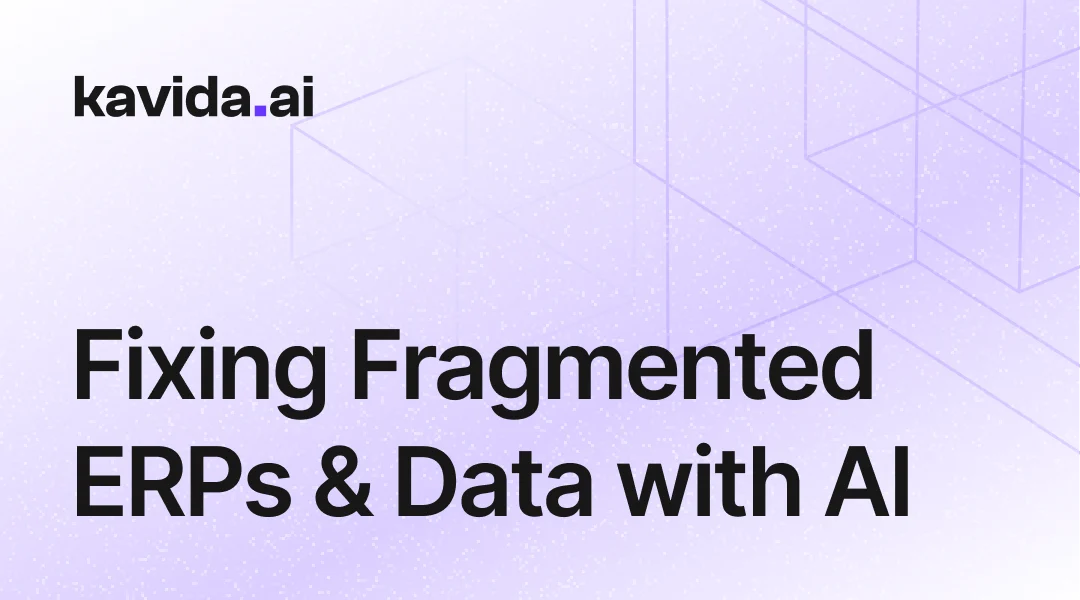
ANNOUNCEMENT
QAD Redzone acquires Kavida — our Agents have joined the Champion AI family

Discover how AI agents are reshaping the manufacturing operating model

Hi, I’m Alison!
Share your details, and I’ll give you a call in minutes to see how we can assist.

Cleaning and Consolidating Parts Data Across ERPs with AI Agents
Table of Contents
ToggleMany large enterprises, especially in aerospace and manufacturing, operate with multiple ERP systems—each a legacy of growth, decentralization, or acquisition. But when it comes to parts data, this fragmented ERP landscape becomes a critical liability. The same physical component might be listed under different part numbers, descriptions, or formats in each system—turning everyday procurement and inventory planning into a guessing game.
Traditional methods of data deduplication can’t keep up. Companies have to invest heavy IT and domain expertise knowledge. This blocks key strategic initiatives such as ERP unification, Business Intelligence tool implementations and other cross company platform implementations.
This article unpacks how agentic AI changes that, consuming millions of part descriptions, mapping them to authoritative industry taxonomies such as the Illustrated Parts Catalog (IPC), and outputting a single, de-duplicated master list—often in weeks, not quarters.
The Legacy Challenge: A Muddy Landscape of Parts Data
Multiple ERPs, Many Naming Conventions
Most large manufacturers have grown through acquisition. Each acquired business often retains its own ERP, each with its own structure, taxonomy, and part-naming conventions. Over time, what was once a collection of systems becomes a tangled web.
Each site may reference the same part in different ways—different numbers, different descriptions, different formats. The result is structural duplication and semantic drift.
Duplicate Parts, Disconnected Insights
Across these ERP silos, it’s common for the same physical component to appear under multiple part numbers. The descriptions might be nearly identical—or just close enough to confuse the system.
This leads to functional duplicates scattered across the enterprise. Procurement sees five parts where only one exists. Analytics can’t roll up true spend. Buyers unknowingly source the same item from different vendors, missing out on volume leverage.
Why It Matters: No Clean Data, No Strategic Sourcing
Duplicate Parts, Disconnected Insights
Without a unified parts view, it’s impossible to answer basic questions:
- How much are we spending on this component globally?
- Can we consolidate suppliers?
- Are we over-ordering functionally equivalent items?
The opportunity cost is steep. Businesses miss volume discounts, inflate their vendor base, and carry excess inventory—all due to unseen duplication.
Duplicate Parts, Disconnected Insights
Before you can consolidate or migrate an ERP, you need a clean foundation. Transactional data can be mapped and migrated. But core master data—parts, suppliers, customers—must be reconciled upfront. If parts data remains fragmented, the new ERP inherits the mess and digital transformation projects stall before they start.

Why Traditional Methods Fall Short
Rule-Based Tools Can’t Handle Ambiguity
Legacy deduplication approaches rely on rigid rules or basic fuzzy matching. These fall apart when part descriptions differ by format, abbreviation, or terminology. For example:
- “Titanium bolt 4x12mm” vs. “4MMx12MM BOLT, TI GRADE 5”
“AL FSTR 3MM” vs. - “Fastener Aluminium 3mm”
To a human, these are clearly the same. To a rules engine, they’re unrelated.
Manual review is time-consuming and error-prone. And when you’re dealing with tens or hundreds of thousands of parts across multiple ERPs, manual isn’t an option.
How AI Agents Solve Parts Consolidation at Scale
Language Models Understand the Semantics of Parts
Modern AI agents use LLMs to understand the structure and meaning behind each part description. The agents are trained on real-world aerospace data and the Illustrated Parts Catalog (IPC)—the industry’s native taxonomy. It understands abbreviations, manufacturer codes, lot references, and line-item context.
These models infer that two parts refer to the same item based on technical language, formatting patterns, and contextual clues.
That means the agent can match “SS FLANGE 3IN 150#” with “Flange, Stainless Steel, 3 inch, 150 PSI” even if the formatting is different in each ERP.

Messy data input
Unstructured data from multiple sources parts data from different ERPs, customer data, emails, demand data, vendor data.
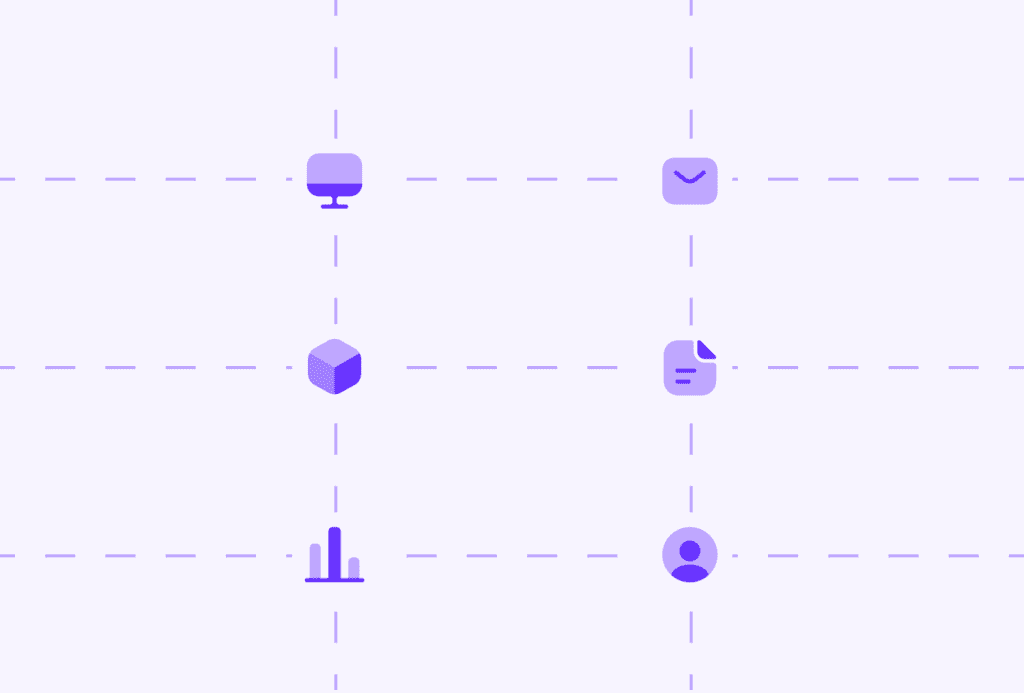
Normalisation & data model building
AI-powered normalization creates consolidated ‘sources of truth’ for parts, customers, demand, and vendors.
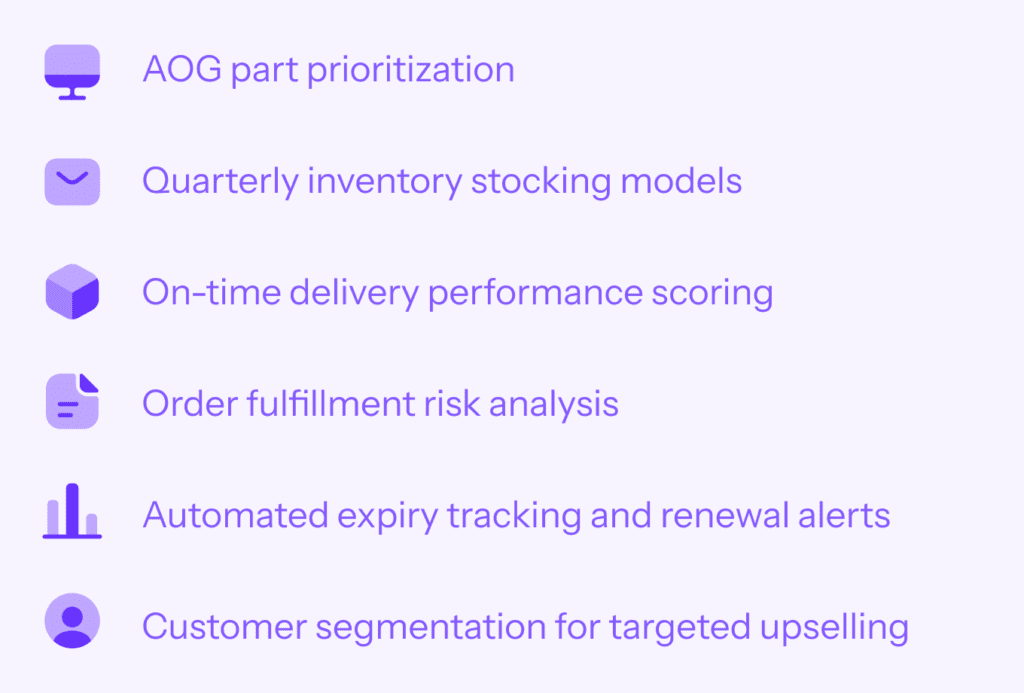
Business context training
Business rules and context applied to data models for meaningful reasoning.
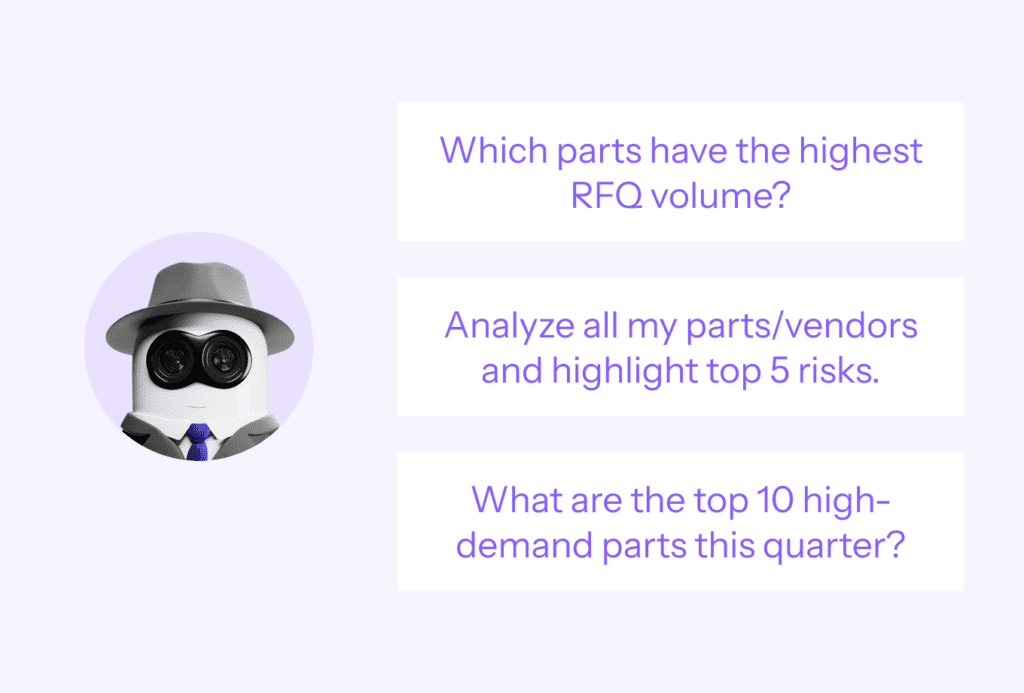
Company intelligence model
A curated master parts dataset that can be fed in to your ERP, and you can also ask questions and get instant answers.
From Noise to a Unified Master List
The agent doesn’t just cluster similar items. It builds a fully structured, de-duplicated master dataset that includes:
- A unique part ID for each consolidated item.
- A clean, canonical description.
- A reference trail of all associated legacy part numbers and aliases across systems.
This becomes the authoritative source of truth for procurement, operations, and system migration.
Human-in-the-Loop for Precision and Governance
While the AI handles the heavy lifting, it flags ambiguous matches for human review. This blended model—high automation with selective intervention—means every match is auditable, traceable, and trusted.
Every adjustment feeds back into the model, boosting precision toward 99 % and creating a self-improving cleanse process for future ERP feeds.
The Business Value: From Clean Data to Strategic Advantage
Unlocking Cross-Business Visibility and Scale
With a unified parts dataset, procurement teams can finally act on consolidated insights. Things like:
- Identify global top-spend parts.
- Consolidate supplier contracts.
- Rationalize inventory and reduce working capital.
- Standardize parts usage across product lines.
- Negotiate discounts on accurate volumes.
ERP-Ready from Day One
The clean parts master becomes the foundation for any ERP migration. It removes the data bottlenecks that typically delay go-lives and enables faster onboarding of new business units or acquisitions.
Parts data fragmentation is more than an IT issue—it’s a blocker to enterprise-wide cost savings, efficiency, and growth. The complexity of consolidating parts across multiple ERPs can’t be solved with rules or spreadsheets.
LLM-powered AI agents offer a fundamentally better approach. They understand the language of parts, scale to massive datasets, and produce high-fidelity outputs that humans can trust. They don’t just clean up the data—they give your procurement and ERP teams the foundation they need to act strategically.
The path to smarter sourcing and faster transformation starts with clean parts data—and AI agents are the fastest way to get there.
Related articles

How Agentic AI Unblocks Value Across ERP Fragmented Systems
For decades, the “single ERP” strategy has been positioned as the ultimate route to operational...

Empowering Category Managers: How Agent PO Enhances Strategic Sourcing in Manufacturing
Category Managers play a pivotal role in ensuring effective procurement, cost optimization, and supply chain continuity. Managing supplier relationships, optimizing spend, and mitigating risks are all part of their daily routine.
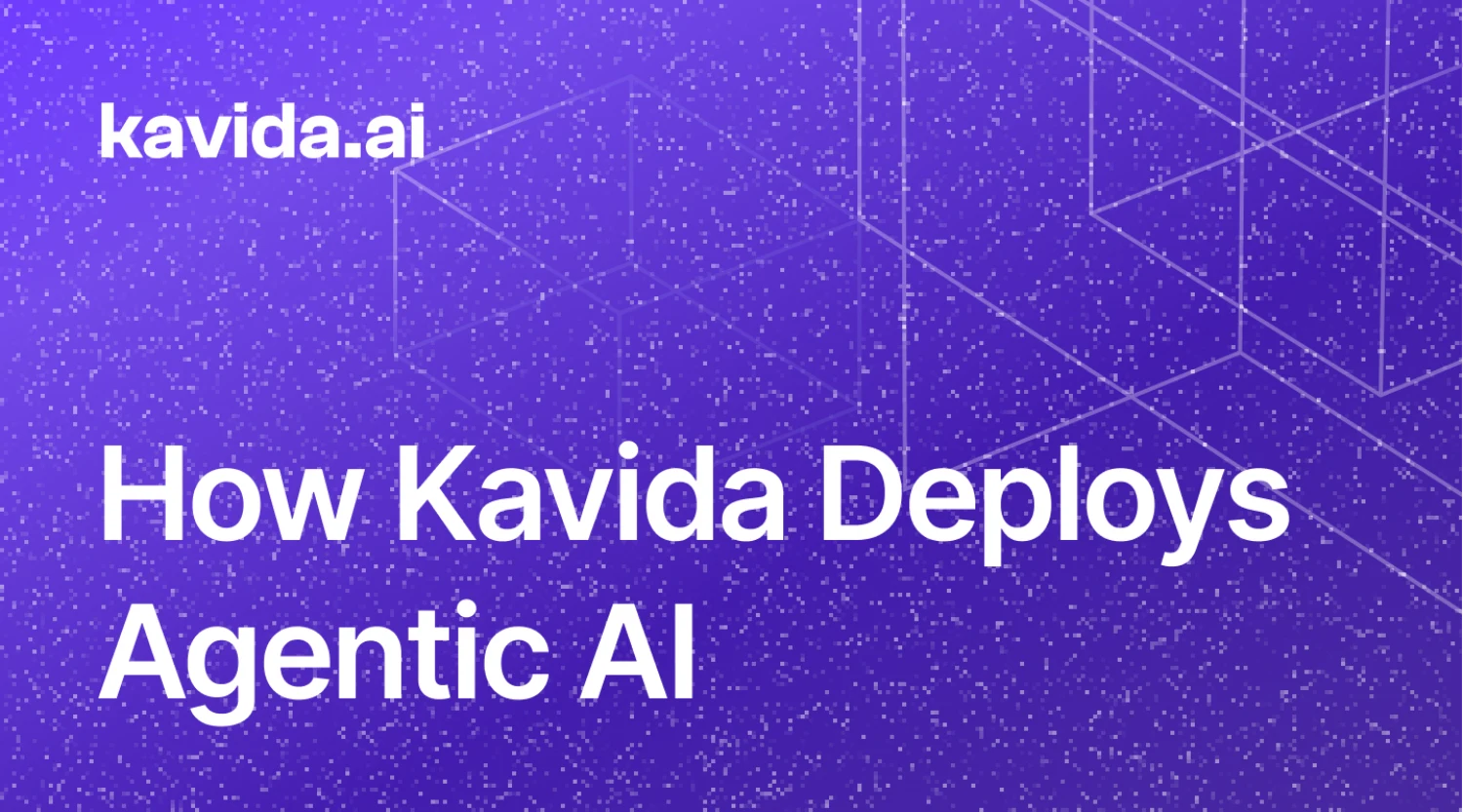
Deployment Isn’t One-Size-Fits-All: How Kavida Deploys Agentic AI
For manufacturers, particularly in industries like aerospace and defense, the stakes are sky-high (quite literally)...

